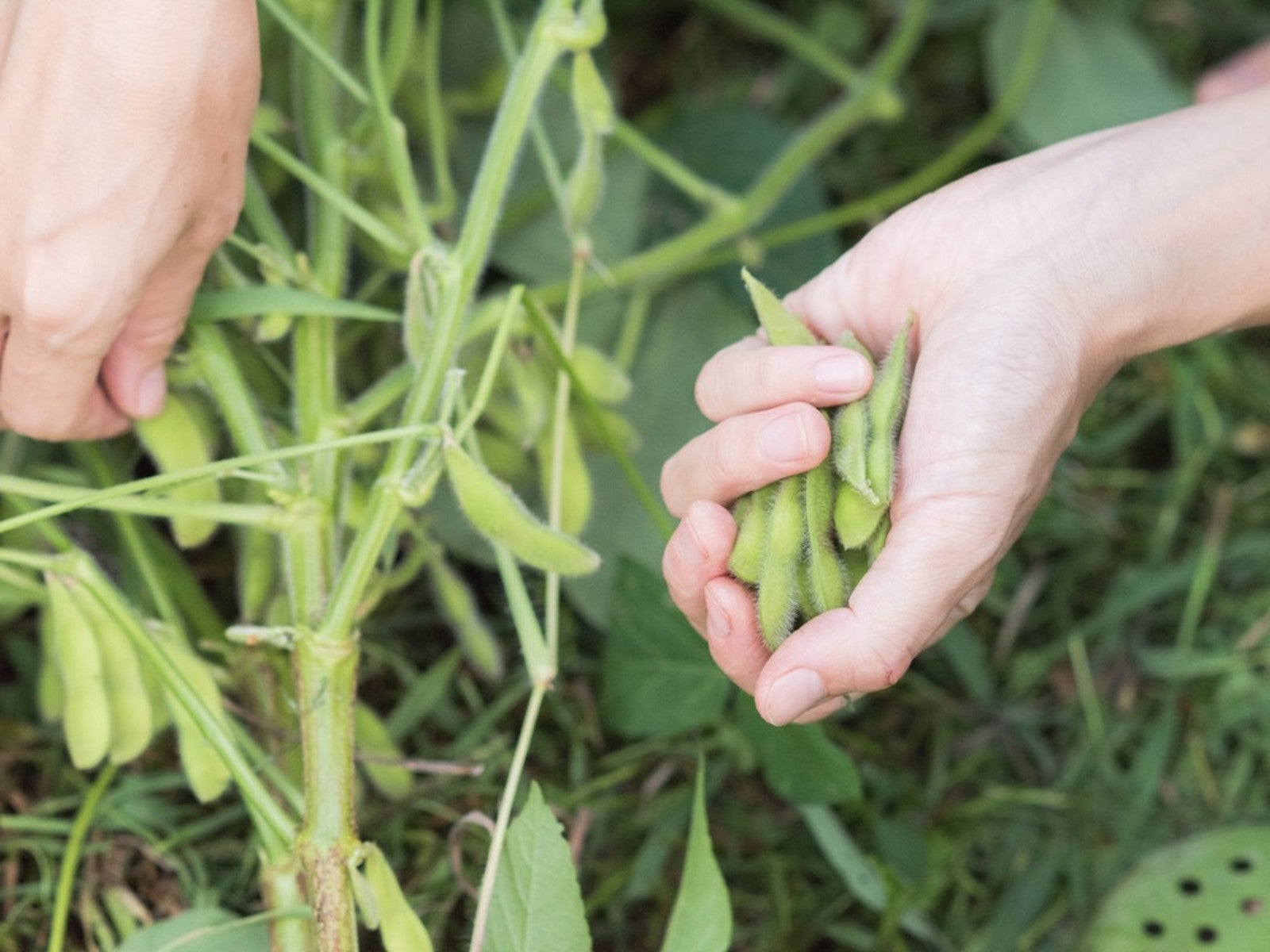
A staple of Japanese cuisine, edamame is gaining in popularity around the globe. This means more growers are trying their hand at growing the seed, thus searching for answers as to when to harvest edamame and how to harvest soybeans. The following contains information harvesting edamame.
When do you Harvest Soybeans?
If you’ve eaten at a Japanese restaurant you’ve likely eaten delicious edamame. Edamame is simply the Japanese name for edible soybeans harvested and eaten when still green rather than dry. Edamame is not only delicious but healthy -- high in protein and containing phytochemicals.
Knowing when to harvest edamame can be a bit tricky. Varieties of edamame are classified into maturity groups 0-8 based on their day length requirements. Unfortunately, this rating is rarely provided on seed packages, leaving the grower to rely on an estimate of days from planting to harvest.
Another way to know when to harvest edamame is when the pods are plump yet still a brilliant green. In the pod, the seeds should be touching. Harvest the pods before they begin to yellow, at which point the beans will become starchy rather than sweet.
How to Harvest Edamame
All pods on a plant mature over a few days. Individual pods can be harvested as they mature or the entire plant can be pulled up (referred to as “on the branch”) when the majority of the pods have reached maturity.
Uncooked pods keep at refrigerated temperatures for about one week. To store the pods, blanch them for 3 minutes in boiling water, drain and rinse, and then seal them in a bag in the freezer.
Sign up for the Gardening Know How newsletter today and receive a free copy of our e-book "How to Grow Delicious Tomatoes".

Amy Grant has been gardening for 30 years and writing for 15. A professional chef and caterer, Amy's area of expertise is culinary gardening.
